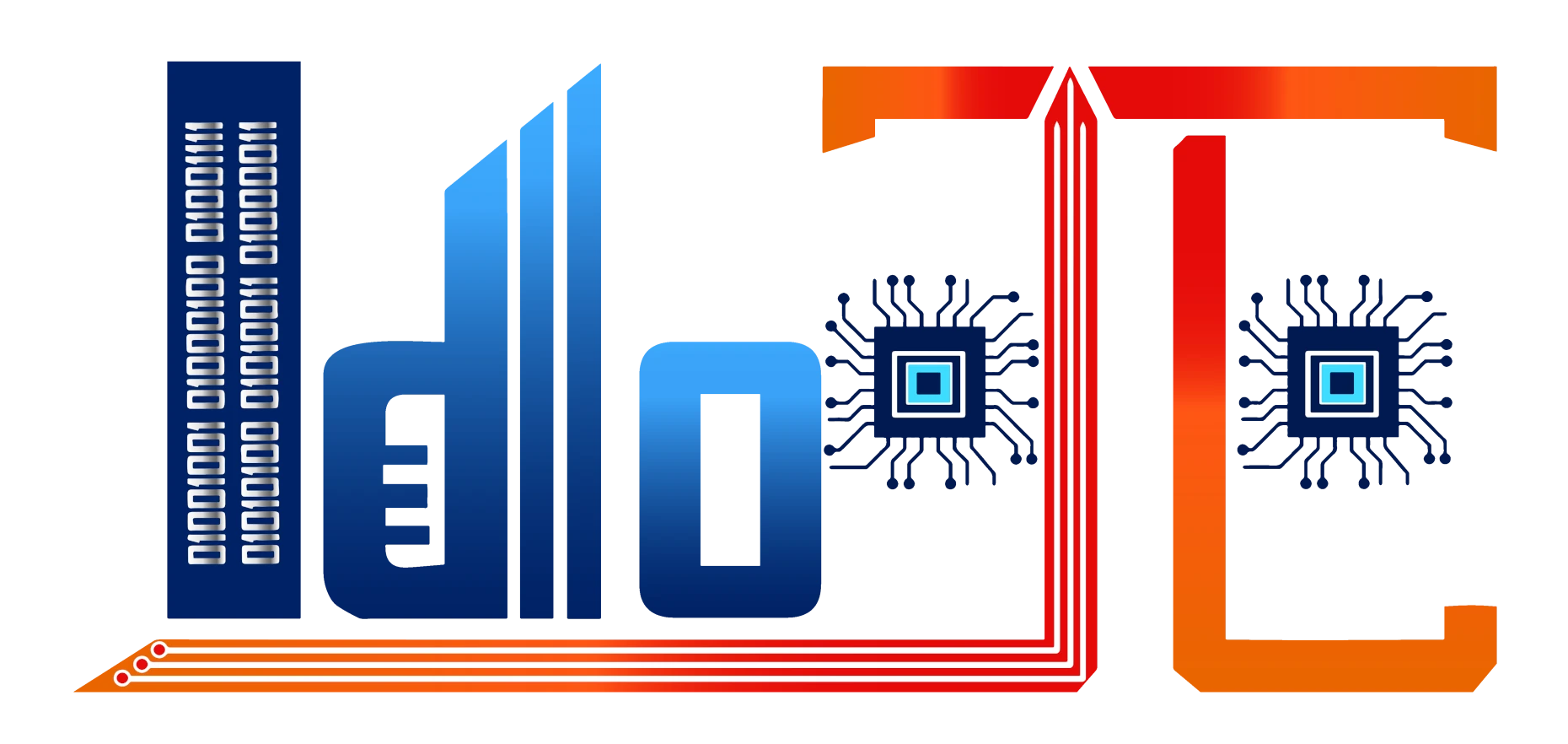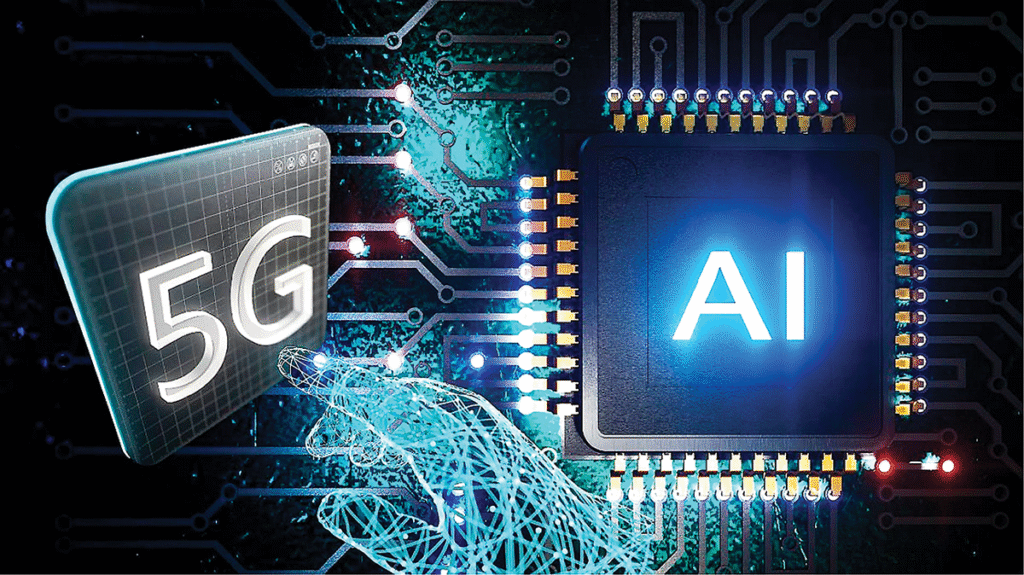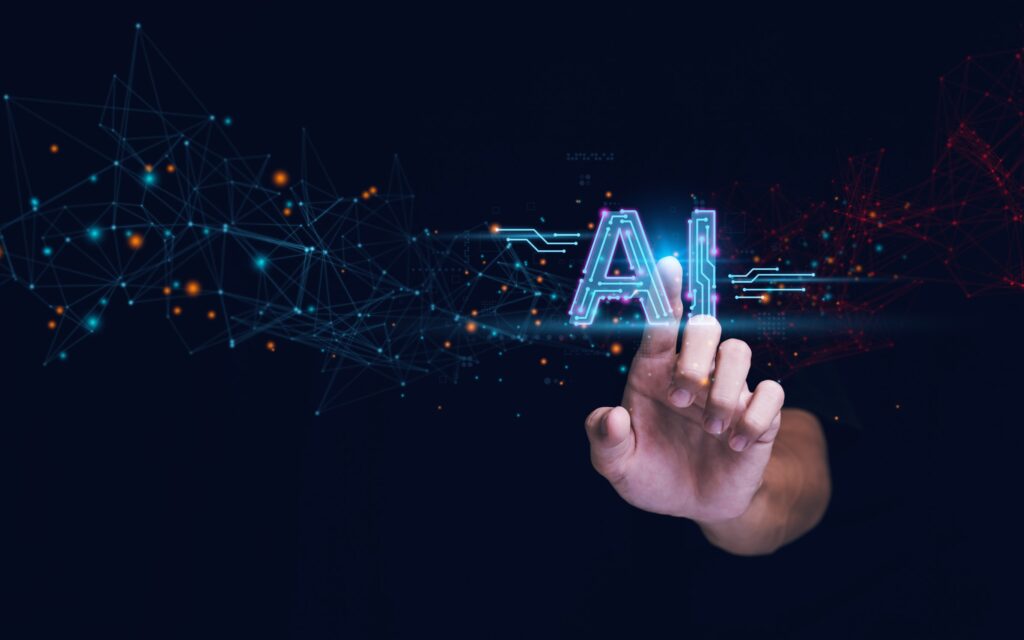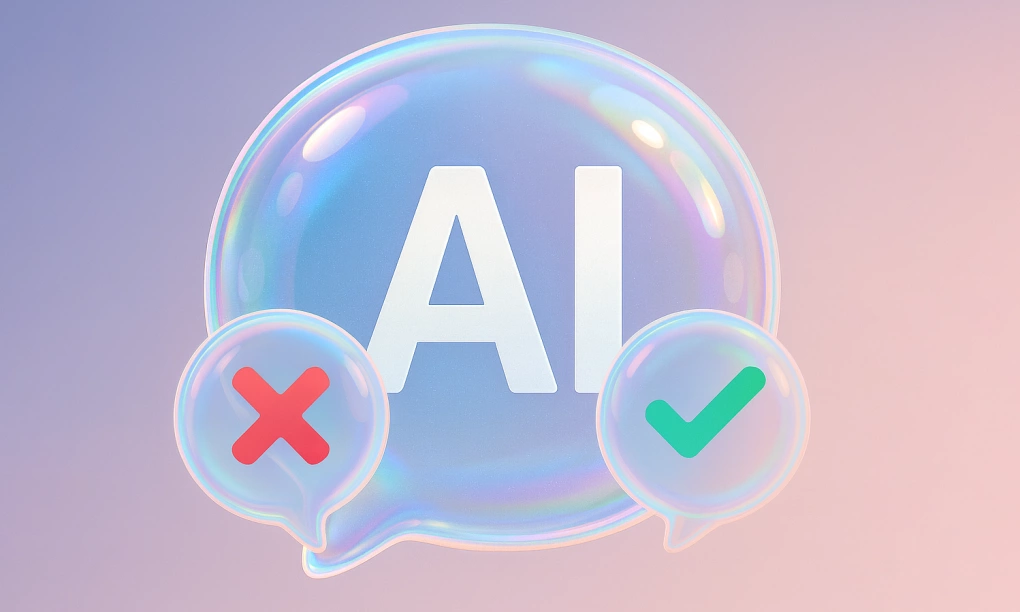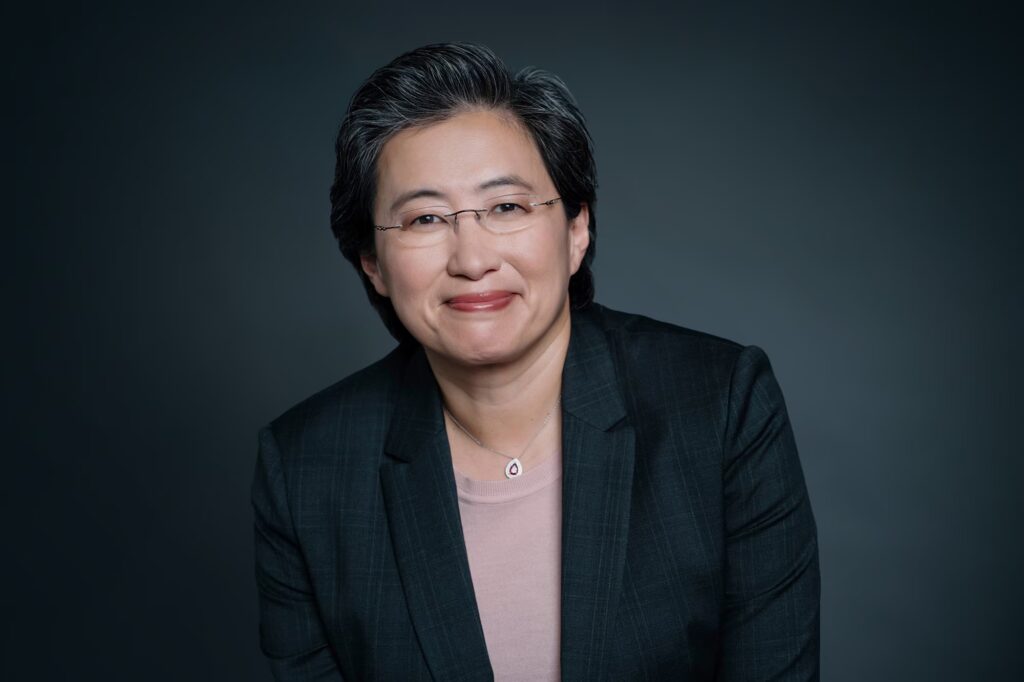Vietnam’s AI Talent Drought: Ambitions Rising, Resources Lagging

Inside a technology office in Hanoi’s Cau Giay District, a planning board is covered with colorful sticky notes representing ideas for artificial intelligence projects. From customer-support chatbots to automated data-analysis platforms, these concepts sit together like eagerly sprouting buds. Yet scattered between them are crossed-out notes stamped with a discouraging remark: “Paused – lack of personnel.” A technical director admits that ever since the AI wave surged at the end of 2022, new ideas arise daily, but the deeper the company pushes, the more it is pulled back by a harsh reality: there simply aren’t enough people to turn concepts into products.
Vietnam’s AI workforce appears promising on the surface, but that brightness is fractured by persistent structural gaps. In the annual AI report conducted by the Information Technology Institute at Vietnam National University, both businesses and academic institutions rank human resources as the most worrying hurdle. Out of 500 surveyed organizations, nearly half acknowledge that the shortage of high-quality talent poses a greater barrier than computational infrastructure or data availability. A director of an AI research center describes it as a paradox where “the technology runs ahead while humans struggle to catch up.”
Leading enterprises such as Misa are among the most ambitious in building domestic AI capacity. Deputy CEO Bui Thanh Minh explains that the company is pursuing an “AI-First” roadmap, transforming more than 50 existing products with artificial intelligence and simultaneously developing large language models locally. Yet talent availability forces the company to scale back priorities. Minh believes the shortage of AI expertise is not only a domestic concern, but a global one—although its impact is more severe in Vietnam due to the young market and limited research resources.
Recruitment statistics from the CareerViet platform show that demand for AI engineers in 2025 has doubled compared with the previous year and increased nearly 2.5 times since 2023. Management-level roles have surged as much as sixfold, reflecting intense competition to find candidates capable of shaping policy and strategy. The rush extends beyond technology companies into banking, e-commerce, logistics, education, and manufacturing. On average, a job posting for an AI role now attracts up to a thousand views, evidence of a field growing hotter by the month.
Yet flashy demonstrations rarely translate into reliable large-scale performance. According to Dr. Nguyen Tho Chuong, CTO of AI Hay, many engineers can create impressive prototypes, but maintaining performance across millions of users is a challenge of an entirely different magnitude. This reality forces startups to train talent internally, combining academic knowledge with practical engineering.
Meanwhile, compensation levels continue to rise. A fresh AI graduate can earn between 11 and 20 million VND per month, and with seniority, salaries can escalate to 40–60 million VND at the managerial tier. A recruitment expert notes that the talent advantage in AI today mirrors software engineering fifteen years ago: “The company that secures the talent, wins the race.”
The roots of the talent drought are tied to foundational limitations. Deputy Director of the Information Technology Institute, Le Quang Minh, observes that many students lack essential mathematical and programming backgrounds. Access to high-quality data is scarce, and although Vietnam has hundreds of thousands of IT engineers, only a small portion pursue advanced AI. Training junior software engineers into AI specialists demands months of additional effort and significant financial resources.
The gap widens further due to limited cooperation between academia and industry. University students often practice on simulated data rather than real business problems. When they graduate, they replicate foreign models instead of inventing local solutions, resulting in a developmental delay of three to five years. A professor invokes a familiar maxim: “Learning must go hand-in-hand with practice.” When practical experience is insufficient, theoretical learning becomes fragile.
Despite these headwinds, Vietnam’s AI labor market still displays encouraging signs. A report by the National Innovation Center (NIC) and the Japan International Cooperation Agency (JICA) highlights steady annual growth of roughly four percent in IT graduates, with total IT personnel expected to reach half a million by 2026. Vietnam’s strength in mathematics—reflected in years of success at international Olympiads—is considered a decisive advantage in the AI field.
Universities have begun adjusting curricula to emphasize advanced mathematics, machine learning, and data science. Technology companies are partnering with Vietnamese experts currently working at Adobe, AWS, and Google to tackle complex engineering problems. Some businesses even transfer experienced software engineers into AI roles, accepting prolonged retraining cycles.
In this context, policy becomes decisive. Experts suggest the government must invest more aggressively in research, support data-sharing frameworks, and build a clear legal corridor. Without sufficient data, AI becomes an empty shell. As one Japanese researcher famously commented, “AI is the engine, data is the fuel—you cannot run an engine on ambition alone.”
Beyond the technical shortage lies a broader lesson: the future depends not only on algorithms but on the hands and minds that create them. The crossed-out notes in that meeting room in Cau Giay are reminders that Vietnam’s AI dream will remain incomplete without a stronger workforce. If the country leverages its mathematical foundation, expands international cooperation, and invests strategically in training, it could compress the gap with global leaders. But as Alan Turing once said, “We can only see a short distance ahead, but we can see plenty there that needs to be done.” Vietnam is ready—the question is whether there will be enough builders to turn those sticky notes into reality.
